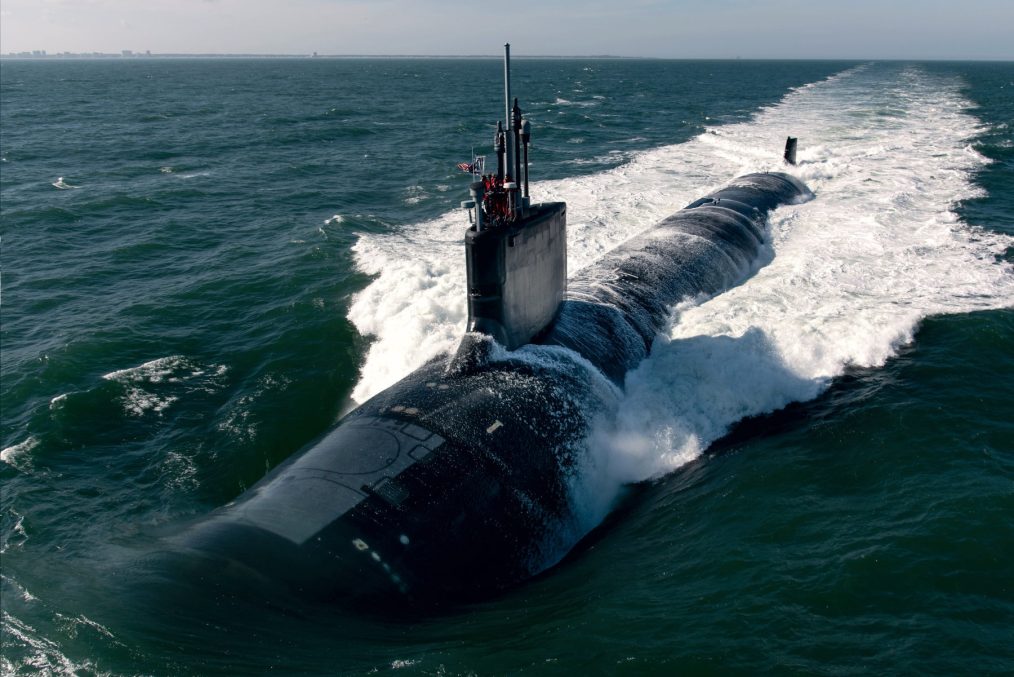
U.S. Navy Introduces Groundbreaking Silent Propulsion System for Submarines
Submarines have long relied on stealth to maintain dominance in the depths of the ocean, presenting an enigmatic yet formidable presence. Now, the U.S. Navy is set to elevate stealth capabilities to unprecedented heights with the implementation of a revolutionary propulsion system. American submarines will soon be equipped with the cutting-edge magnetohydrodynamic drive.
In a groundbreaking development, the U.S. Navy has chosen to outfit a Virginia-class submarine with this state-of-the-art technology, marking a significant leap forward in undersea warfare. This innovative magnetohydrodynamic drive, part of the PUMP program spearheaded by DARPA (Defence Advanced Research Projects Agency), has been in the works since its announcement in 2023. By utilizing superconducting magnets to generate a magnetic field that accelerates water passing through, this propulsion system has earned the moniker “caterpillar drive” due to its resemblance to the smooth, stealthy motion of a caterpillar.
The selected vessel to receive this pioneering upgrade is the USS Montana (SSN 794), a formidable Virginia-class attack submarine commissioned into service in June 2022. Despite her relatively young age, the USS Montana has been brought to Groton, Connecticut, for the installation of this groundbreaking technology.
The implementation of the magnetohydrodynamic drive is poised to render the USS Montana virtually undetectable, a coveted achievement in naval warfare. Unlike traditional propulsion systems with moving mechanical parts, this new drive operates entirely within the submarine’s hull, minimizing acoustic signatures and making detection via passive sonar extremely challenging. Sonar operators scouring the depths for the USS Montana are likely to encounter noises that mimic natural phenomena, such as seismic activity, further enhancing the submarine’s stealth capabilities.
Externally, the only visible indicators of this advanced propulsion system are the water intake doors located in the bow of the submarine, resembling enlarged torpedo tube shutters. These discreet openings, approximately the size of a submarine-launched ballistic missile, are positioned horizontally, a departure from conventional configurations.
Pending successful trials, the magnetohydrodynamic drive may find its way into additional submarines, including future iterations of the Virginia class and the anticipated ‘SSN-X’ models. However, it is unlikely to be incorporated into the Columbia-class ballistic missile submarines (SSBN), as the unparalleled stealth capabilities would be redundant for submarines primarily tasked with nuclear deterrence.
The USS Montana is scheduled to undergo sea trials in the Penobscot River, Maine, providing a secure environment away from prying eyes, notably those of the Russian Navy.
While the caterpillar drive propulsion system is still in its nascent stages, its deployment aboard the USS Montana signifies the dawn of a new era in undersea warfare. Whether the trials in the Penobscot River mark the conclusion of this chapter or herald the beginning of a transformative journey remains to be seen. Regardless, the USS Montana will remain an elusive force beneath the waves.




